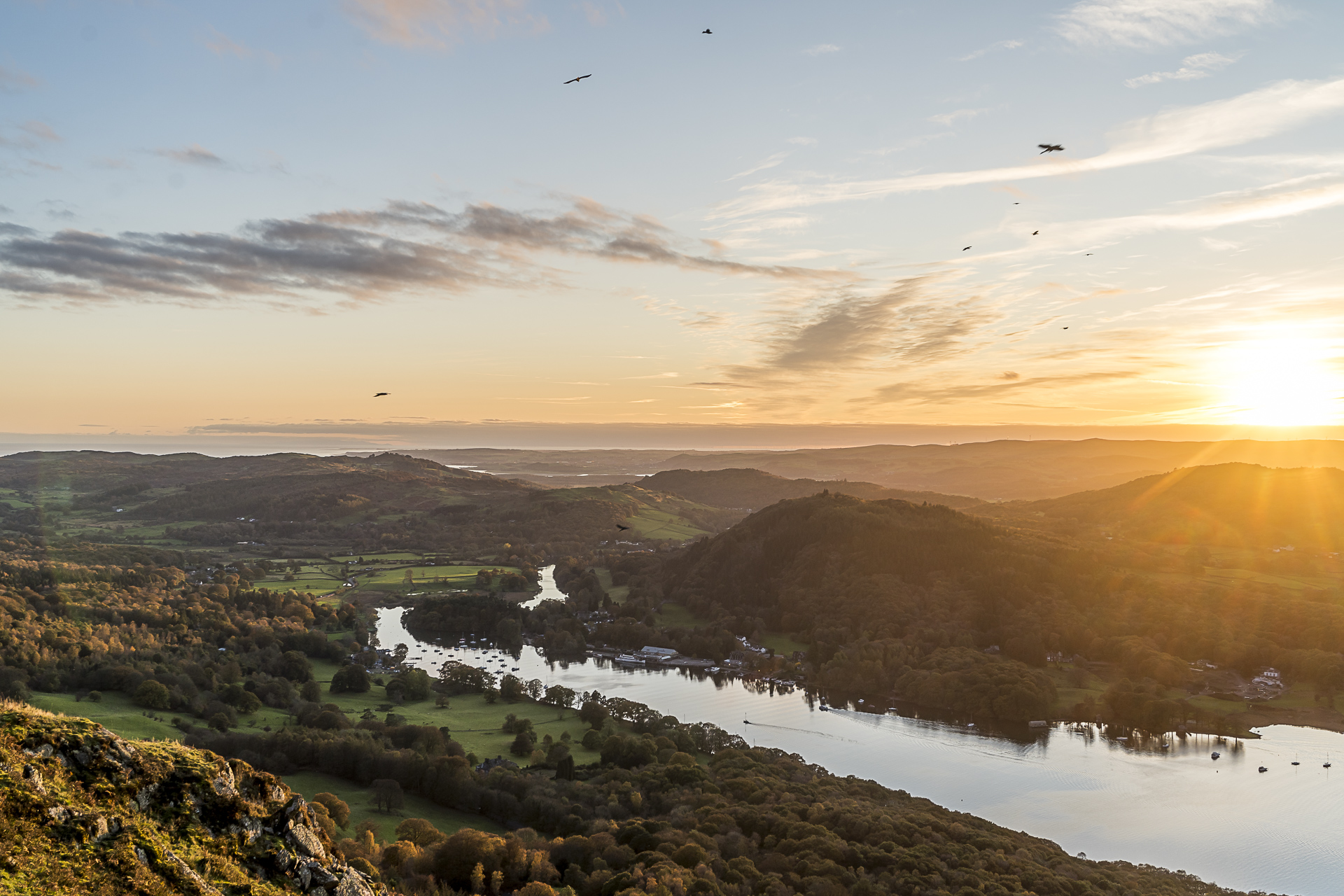
Lake District National Park – 10 tips for a unique holiday in England’s hiking paradise
Until that gloomy August Sunday morning, when we leafed through a travel magazine that happened to be lying around there while having breakfast in the cozy customs room in Bad Ragaz, the Lake District National Park in the northwest of England was zero on our travel radar this year. But the boutique hotel with Michelin-starred cuisine in the midst of the most wonderful nature presented in that magazine sounded so tempting that we decided on the same day to spend our autumn holidays in the Lake District.
This region of England was no stranger to me. When I spent a week in Liverpool in spring 2015 as part of a language study trip, I took a day trip to the town of Windermere, which is located on the largest lake of the same name in England and is one of the most popular outdoor destinations in the country. Two years after my visit, the Lake District National Park, with its impressive mountain and lake landscape, was added to the Guild of UNESCO World Heritage Sites, which has further contributed to its popularity.
People who like to hike and enjoy being outdoors come here. On top of that, the region boasts some top restaurants, pretty guesthouses and great boutique hotels. Extensive hiking and enjoyment merge smoothly here.
At the end of October 2019, we spent a week in the Lake District and went on an exploration tour through the national park. In this article, I’ll show you our 10 highlights – both sporty and culinary. In addition, you will find all the tips and hiking routes mentioned in the article geographically located on a map.
7 great hikes in the Lake District National park
The Lake District is not only home to England’s highest mountain – Scafell Pike at 978 metres – but the national park also boasts some of the island’s most popular hikes. A good overview of the various hiking opportunities can be found on the website of 10 Adventures. The most famous and popular routes are described in detail there. In addition, the GPS tracks can be downloaded on this page, which is extremely helpful for orientation on site. The hiking trails in the Lake District National Park are not, as is known from the Alps, signposted at regular intervals with clearly visible signposts. As a rule, the signalling is limited to an “entrance sign” at an official car park. Then you follow the mostly well-groomed paths – only at forks in the road we felt a bit “lost” due to a lack of signposting.
Of course, the Scafell Pike was also on our hiking program as a top peak. Unfortunately, it fell victim to the pitfalls of the English weather. Nevertheless, we undertook a total of three longer and four shorter hikes, all of which we can recommend to you 100%. These are our seven favourites in the Lake District National Park:
1. Sonnenuntergangswanderung zum Gummer’s How
Immediately after arriving at our first accommodation not far from Windermere, the beautiful autumn weather lured us outside again. On the east bank, near the southern end of the Windermere, Gummer’s How offers the perfect combination of short walk with phenomenal panoramic views! There is a signposted car park on the “Fell Foot Brow” road (which is also marked on Google Maps). From there, a path leads to the summit on the left. The short ascent includes two or three steep sections, which are technically not difficult. From the parking lot to the summit, there is about one kilometer of trail and 100 meters of altitude to overcome – definitely nothing “wild” and you can see what a great panorama you will be rewarded with at the top in the following pictures.




An overview map with parking and route can be found on this page: WalkLakes – a short sharp walk to Gummer’s How
2. Helvellyn Rundwanderung
The circular walk from the pretty village of Glenridding on the shores of Ullswater to the third highest mountain in England – the Helvellyn – is one of the classics in the Lake District National Park. In general, we were surprised how many hiking enthusiasts we met on the hiking trails at the end of October. This is probably due to the fact that we were just dotting the autumn holidays of the English with our travel time (week 43) and accordingly everyone was out and about with child, cone and dog.
There is a large car park right next to the Ullswater Information Centre, which is an ideal starting point for Helvellyn. A prominently placed sign makes it easier for us to start the hike. Afterwards we stick to the GPS track of 10 Adventures, which leads us continuously uphill to the so-called “Striding Edge”. Navigating over the striking rock range high above the “Red Tarn” mountain lake requires surefootedness and a head for heights. At two or three key points I have to use my hands to climb over the boulders. However, if you are used to mountain hiking trails in the Alps and do not suffer from a fear of heights, you should be able to overcome these places without any problems.



The second tricky section of the trail is located on the opposite side of the summit and is called “Swirral Edge”. However, I found it easier to master overall than the “Striding Edge” and would therefore advise you to choose the same route (ascent via Striding Edge, descent via Swirral Edge).




With 850 metres in altitude and a length of around 13.5 kilometres, this circular hike is a “full-fledged” tour. Since there are no food options along the way, it is advisable to take provisions with you. You should be prepared for the fact that the picnic will not take place on the summit due to strong winds, but in a sheltered place before or after. On 10 Adventures, the approximate time is 5.5 – 7 hours. In general, the times here are very “conservatively” estimated. It took us a good four hours for the circular hike without a break.
3. Around the Aira Force and Ullswater
About a 5 minute drive (about 2 miles north) from Glenridding is the Aira Force waterfall. The detour to the waterfall is both an alternative to the hike up Helvellyn and a nice addition to see a little more of the area around Ullswater. At the entrance point to the Aira Force Waterfall (access free, parking for a fee), various trails of different lengths are signposted. The shortest loop from the parking lot to the waterfall and back takes about an hour and can also be done with smaller children without any problems. Depending on your mood, you also have the opportunity to take longer loops.

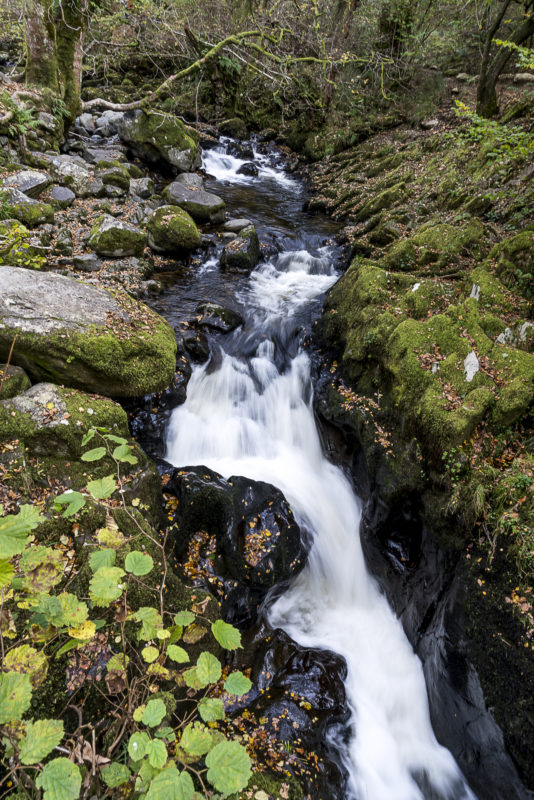
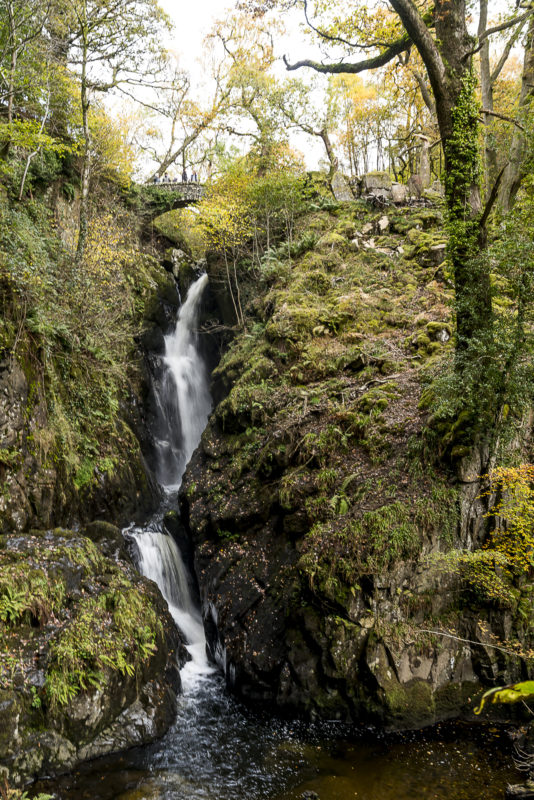
An overview of hikes around Wasserfall/Ullswater can be found on this page: Great Walks in Ullswater.
4. Cat Bells via Little Town
Not far from the town of Keswick, the “Newlands Horseshoe Hike” with a length of a good 17 kilometres offers the great opportunity to connect two popular peaks (including the Cat Bells) and explore the beautiful hinterland of the Lake District on foot. We had originally planned this tour, but then shortened due to the dark, threatening cloud front and chose the “shortcut” on the Cat Bells instead. From Little Town, a wide path leads more or less straight up the mountain flank to the western ridge of hills at Derwent Weter. From there, it’s only a few metres in altitude to the popular “Cat Bells” vantage point.


Once at the top, we follow the hiking trail in a northerly direction, where it drops steeply. The majority of the hikers we encountered along the way ascend via this trail and are thus faced with sloping rocky slopes that require some scrambling.


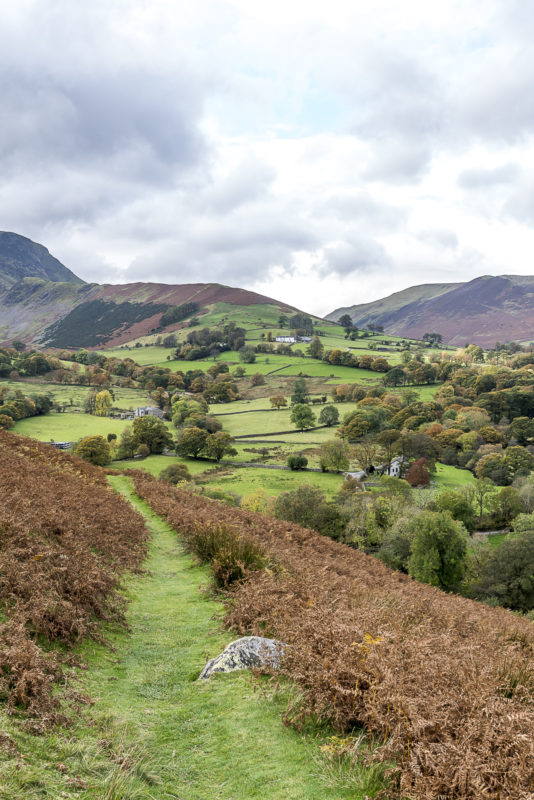
From this perspective, I think our choice of route is more attractive… For the abbreviated version of the Newlands Horseshoe Hike we need just under two hours of walking. If you don’t want to skip the thrill of driving along the adventurously narrow roads to Little Town, follow the classic route of the Cat Bells Circular Walk (6.7 kilometres of circular walk).
5. To the Castlehead viewpoint
While the dark clouds kept us from the longer round on the Newlands Horseshoe Hike in the morning, the sunshine lures us outside again after the lunch break at Jasper’s Coffee House in Keswick. The 3-kilometre-long walk to the “Castlehead” viewpoint starts in the centre of Keswick and can therefore be easily combined with a stroll through the city.


The detailed description of this short hike can be found here: Castlehead Walking Route
6. Loughrigg Fell
The climb up to Loughrigg Fell, northwest of the village of Ambleside, is also one of those walks, which is well suited for days of unsettled English weather.
Depending on your mood, you can start the circular hike directly in Ambleside (about 10 kilometres long) or, like us, tackle the shorter 6-kilometre version from Rydal. As soon as the sun comes out, the small Pelter Bridge Car Park not far from the A591 fills up quickly. We are lucky and get the last free parking space. From the parking lot, the path first leads through a beautiful section of forest and from there climbs into the fern-covered plateaus. In autumn, an almost unbelievable spectacle of colours from rich green to bright orange!

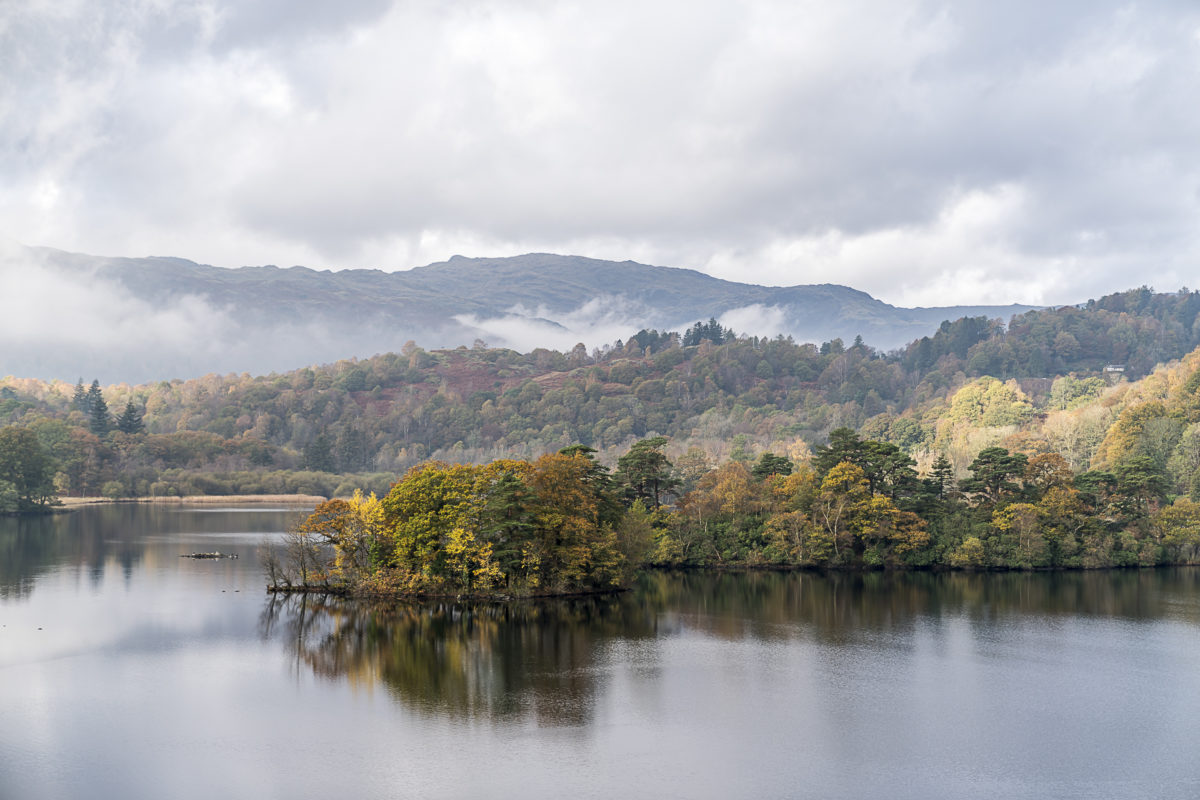



350 metres later we stand on Loughrigg Fell, which offers us a fantastic panoramic view from Windermere to Grasmere.


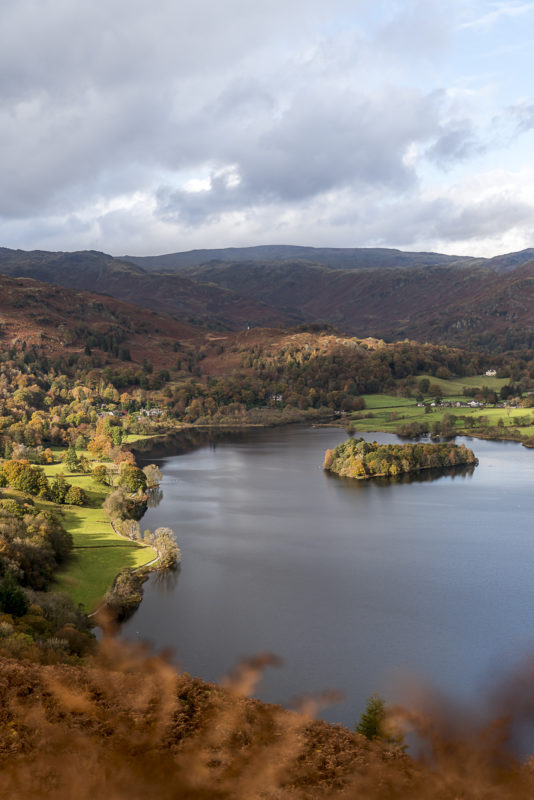
The detailed route description of this tour can be found at WalkLakes – Loughrigg Fell via Ambleside or via Rydal.
7. The Old Man of Coniston
On the last day of our Lake District holiday, we take another look at one of the region’s hiking classics – the ascent to the Old Man of Coniston. The starting point of this tour is the village of Coniston on the lake of the same name. If you want to save yourself a few metres in altitude, you can alternatively follow the narrow roads further uphill towards “Walna Scar“. The majority of the people we met on the way parked up there. Personally, I find the path from Coniston along the stream into the valley towards the former copper mines very charming. Before reaching the end of the valley, the path branches off to the left and climbs continuously from then on. You have to bite through around 700 metres in altitude until you reach the summit of the “old man”.

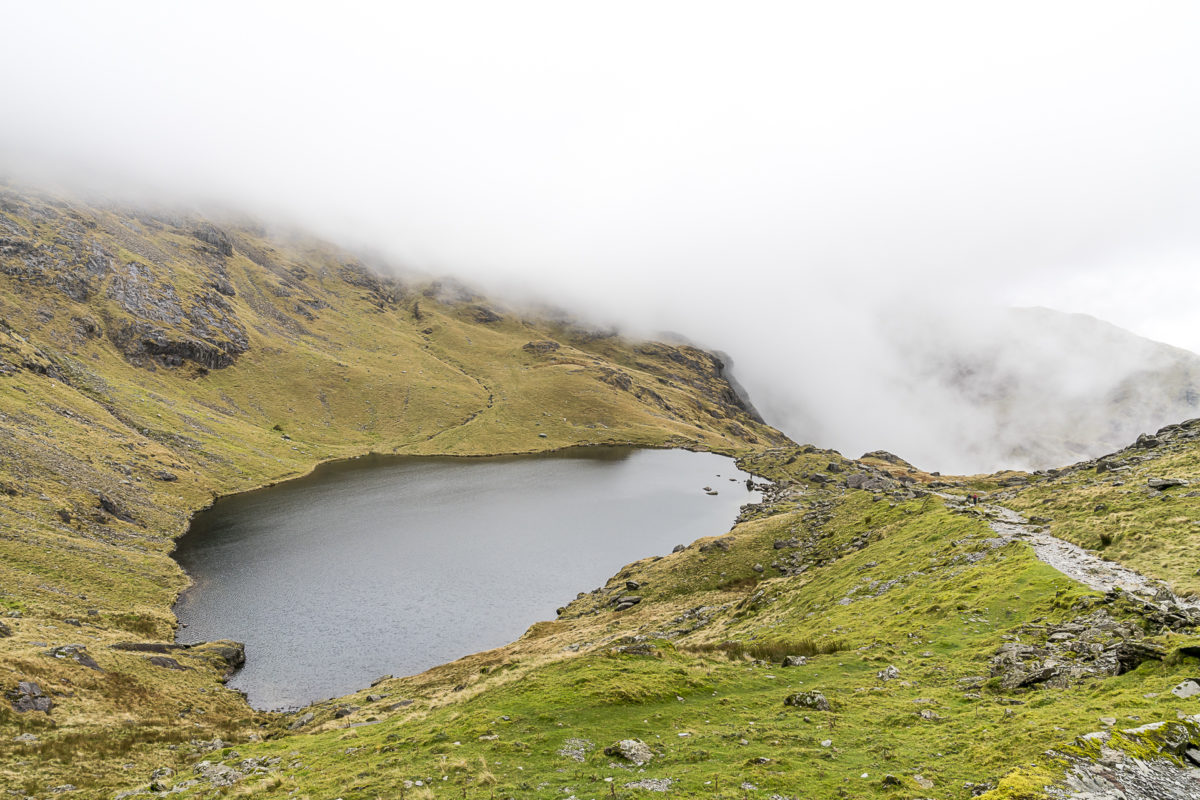
In the worst case, you’ll be like us, and you’ll be up in the fog! Be that as it may, the view down to the mountain lake is also so beautiful and at the latest, as soon as you are back in the valley, the sun will show up (at least that’s what happened to us on almost every one of these hikes).
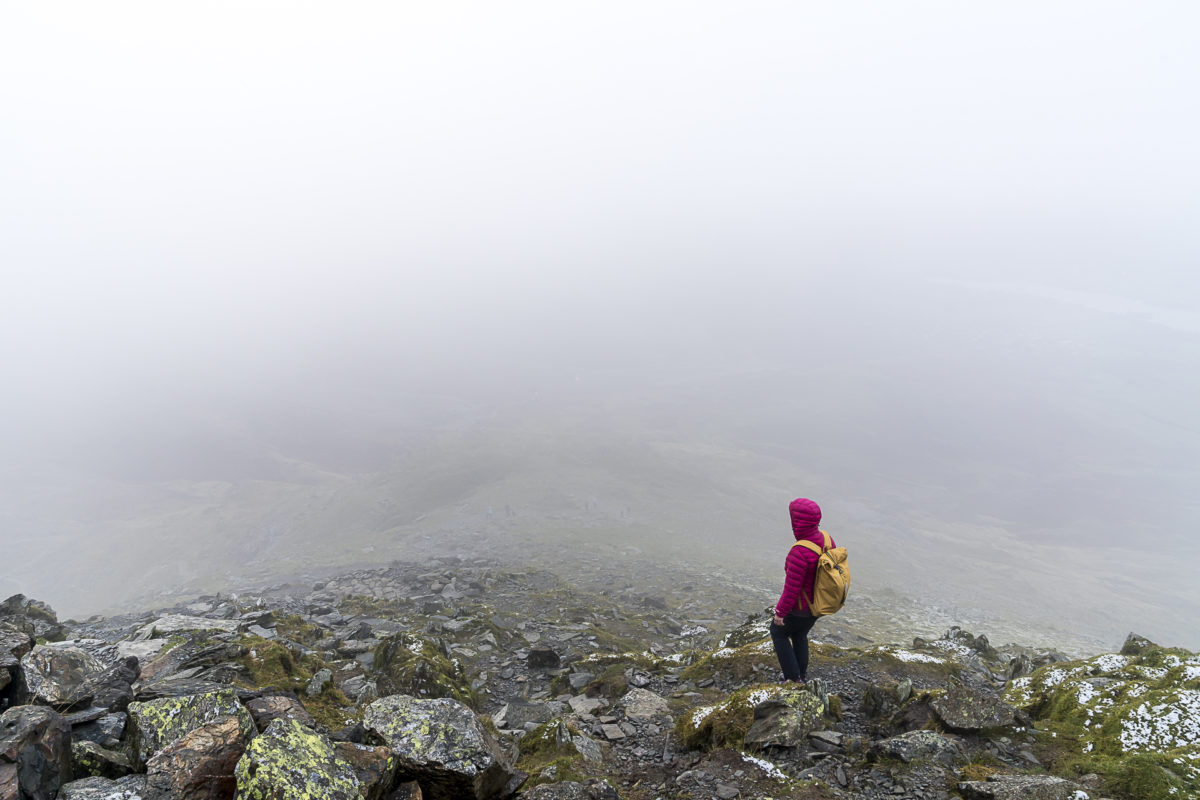


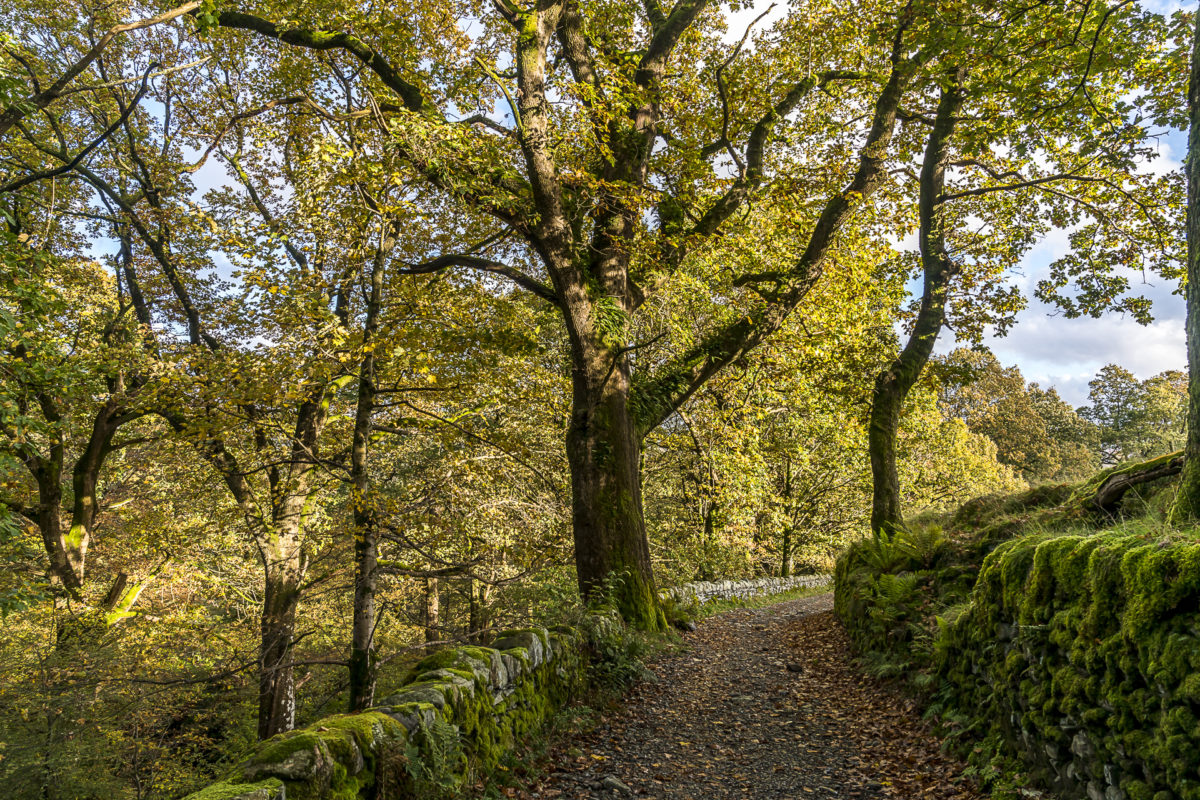
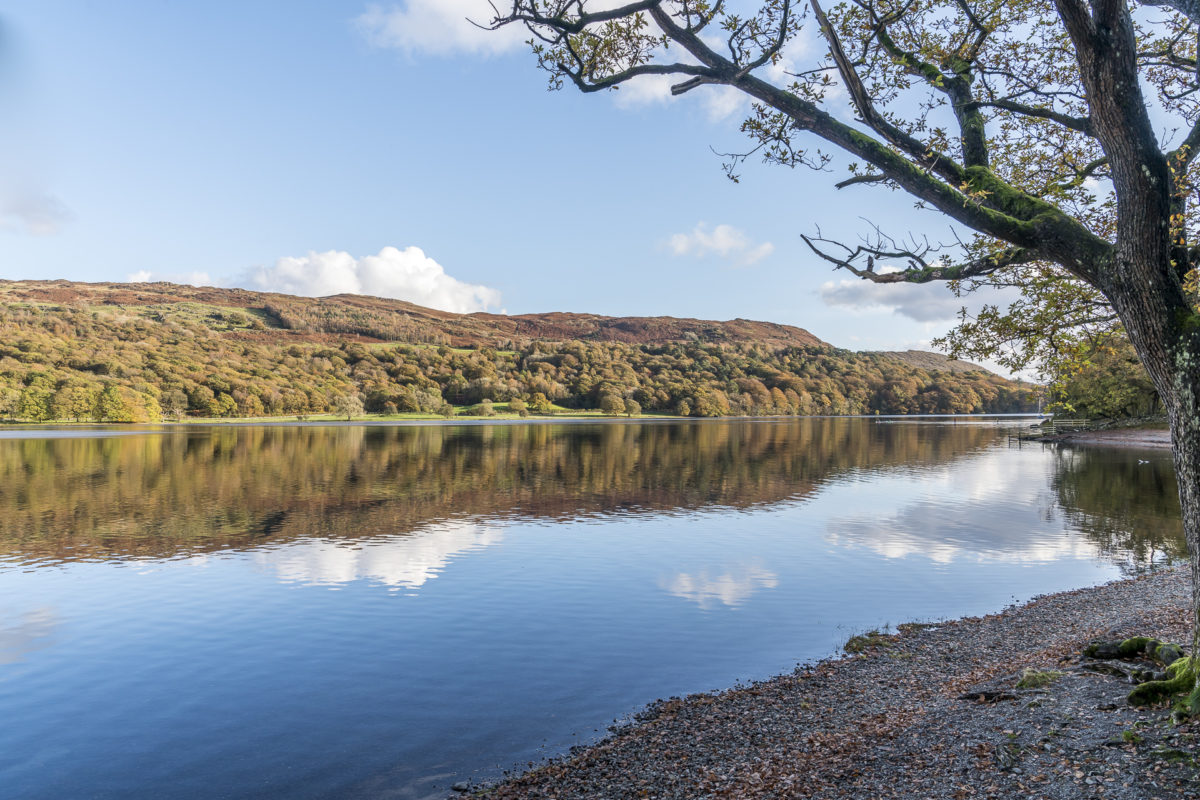
While we chose the same route for the way there and back due to the fog in the upper layers, there is a route description for a circular hike over the mountain ridge on 10 Adventures.
3 great places for connoisseurs
What makes the Lake District special for me is its combination as an outdoor and pleasure destination. Not only can you go on countless long hikes in the region, but you can also enjoy excellent cuisine. Who would have thought that there are a total of seven Michelin-starred restaurants (including six 1-star and one two-star) in and in the immediate vicinity of the Lake District National Park?
We tested four of the seven restaurants this week and came to the conclusion that foodies are in good hands here.
Gilpin Hotel & Lake House
We spent the first two nights at the Gilpin Hotel & Lake House not far from Windermere. The hotel consists of various buildings, with the main building coming in the traditional – somewhat dusty – English style. The “Garden Suites” are much more modern. Unfortunately, we were too late to book one of the very chic looking Garden Suites.
The hotel has two restaurants – the one-star HRiSHi and the Gilpin Spice. The exciting thing here is that the Indian-born chef Hrishikesh conjures up a very unique flavor with local products, Asian spices and a basic French technique. It’s also great that he offers a full-fledged plant-based menu in the Michelin-starred restaurant.


Cost Tasting Menu: £
95More info: Gilpin
Forest Side Hotel
We experienced an absolutely harmonious overall package of accommodation and food at The Forest Side Hotel not far from Grasmere. Again, we spent two nights and enjoyed breakfast and dinner on site. In both the Gilpin and the Forest Side, breakfast is served à la carte by the table (no buffet) – but we liked it very much. Forest Side’s performance is a bit fresher than Gilpin’s. The hotel also has a Michelin-starred restaurant, which also offers a “normal” as well as a vegetarian menu (in either 6 or 9 courses to choose from). A highlight here is the cheese cart with a fantastic selection of regional cheeses as well as the dangerously fine pre-dinner cocktails.



Cost Tasting Menu: 6-course – £80, 9-course £105 | Cheese £15 extra
More info: The Forest Side
The Anvil
We spent the last two nights south of the Lake District National Park in the pretty village of Cartmel. The town has a traditional racecourse and this perhaps explains why there are two Michelin-starred restaurants – L’Enclume and Rogan and Co – in such a tranquil place.
Both restaurants are owned by top British chef Simon Rogan. In addition to the two restaurants, Simon Rogan has also “spread out” in the village itself over the last few years and currently offers 16 guest rooms spread across the village behind the historic walls. While we think Rogan and Co is debatable about whether it deserves a star or not (we weren’t convinced by it compared to Forest Side and HRiSHi), L’Enclume is definitely in a different league when it comes to cuisine. The dishes here are incredibly finely tuned and they mainly work with home-grown products.


Cost Tasting Menu: £155
More info: L’Enclume
All three accommodations/restaurants offer packages on their website, where you can book accommodation and fine dining combined at relatively attractive prices.
More things to see and do in the Lake District
In addition to varied hiking trails and excellent restaurants, the Lake District National Park also offers one or two cultural sights as well as indoor alternatives for rainy days. These include, for example, the Lakes Distillery, which opened in 2014 not far from Bassenthwaite. Both distillery tours and tastings are offered here daily.
Not far from Keswick you can also visit one of the largest stone circles in England. The stone circle of Castlerigg is a listed building and is open to the public free of charge.

We also recommend a detour to the idyllic village of Buttermere, nestled between two lakes. There, it’s worth stopping at the Syke Farm Tea Room, where you can enjoy fine, homemade ice cream (but also hearty fare for the bigger appetite). If you are blessed with good weather and it doesn’t rain continuously during your trip here like we do, then the hike around the Buttermere is also recommended at this point.
In my opinion, what should not be missing during a holiday in England is the obligatory tea time with scones and sinful clotted cream in one of the many delightful cafes. My top tip for this is Baldry’s in Grasmere.
In the map below you will find the hikes, parking, sights, accommodations and restaurants mentioned in this post.
Here’s how to travel to the Lake District by train
Manchester is the gateway to the Lake District National Park. From Manchester Piccadilly there are regular train connections to Windermere (around 1.5 – 2 hours travel time). Due to the current direct flight connections from Zurich to Manchester, the short “hop” across the English Channel would be easy. For this year, however, we have decided not to make any unnecessary flights within Europe, so we have ventured into the experiment of “travelling by train”. The real adventure is not so much the journey by train, but rather the booking of a train ticket, which ensures a continuous connection from Zurich via Paris and London to Manchester. At the moment, there is a lot going on when it comes to booking train tickets “conveniently and easily” online. Nevertheless, it is not (yet) possible to buy a ticket for the entire route via a provider.
We therefore bought tickets individually for each leg from the respective provider (Oui Sncf for Zurich-Paris, Eurostar for Paris-London and Nationalrail.co.uk for London – Manchester). When buying, it should be noted that you will have to change stations in both Paris and London. You also have to note that for the Eurostar, check-in ends 30 minutes before departure. This means that at least 60 minutes of transfer time must be planned in both London and Paris. It is also advisable to take your biometric passport with you (instead of your ID). This reduces the waiting time at the control gates.
The total travel time for the Zurich – Manchester route is around 12 hours. That sounds like a lot, but you can also use the time on the train to read an exciting book or educate yourself with podcasts. The ticket price varies depending on the date and connection. We paid around 400 CHF per person for the round trip. And yes, it actually worked out according to plan, without breakdowns and strikes!
Raileurope provides an initial indication of the possible connections, departure times, journey duration including notes/links to the respective route operator.


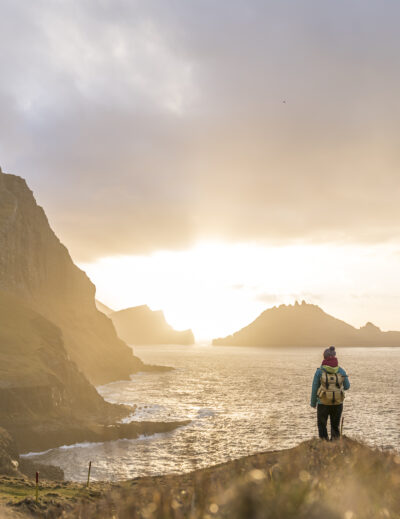
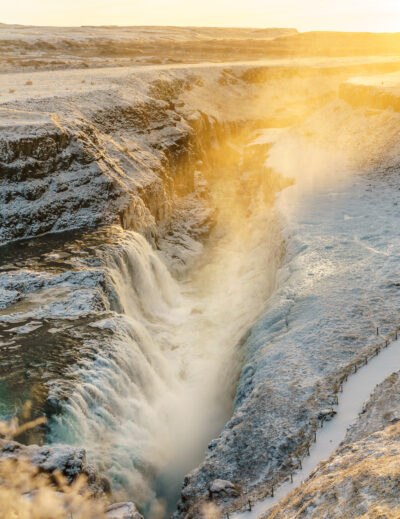
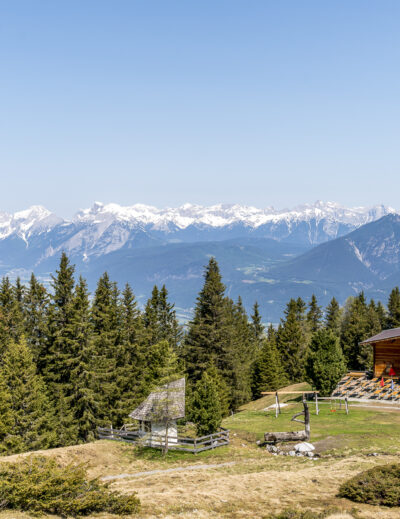
Leave a Reply